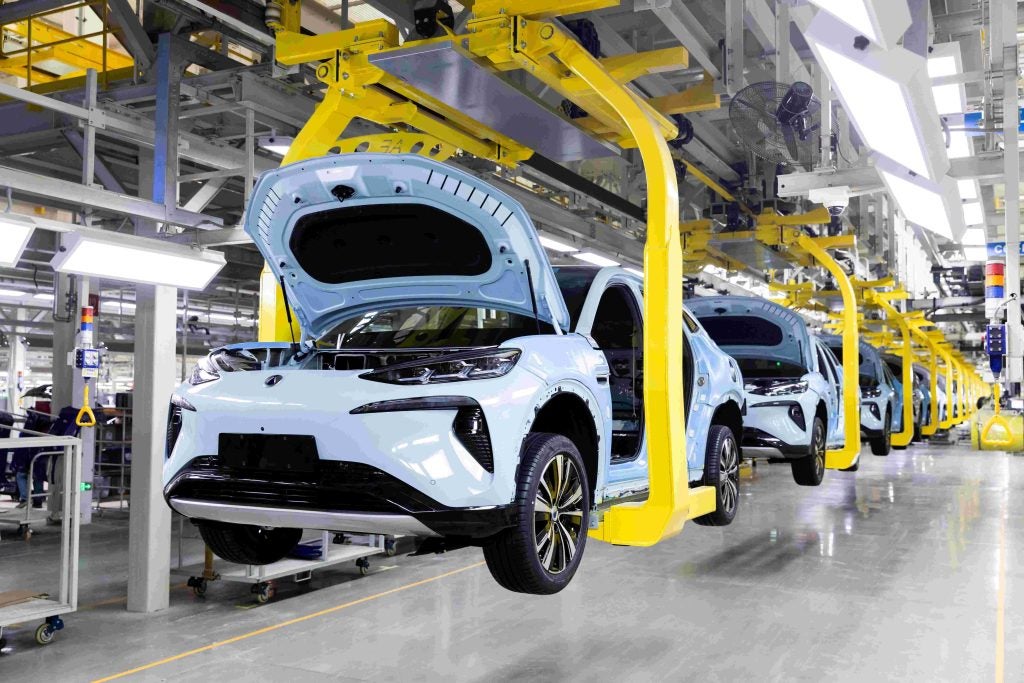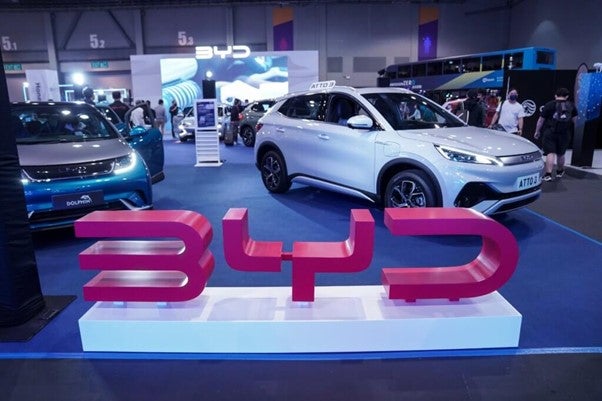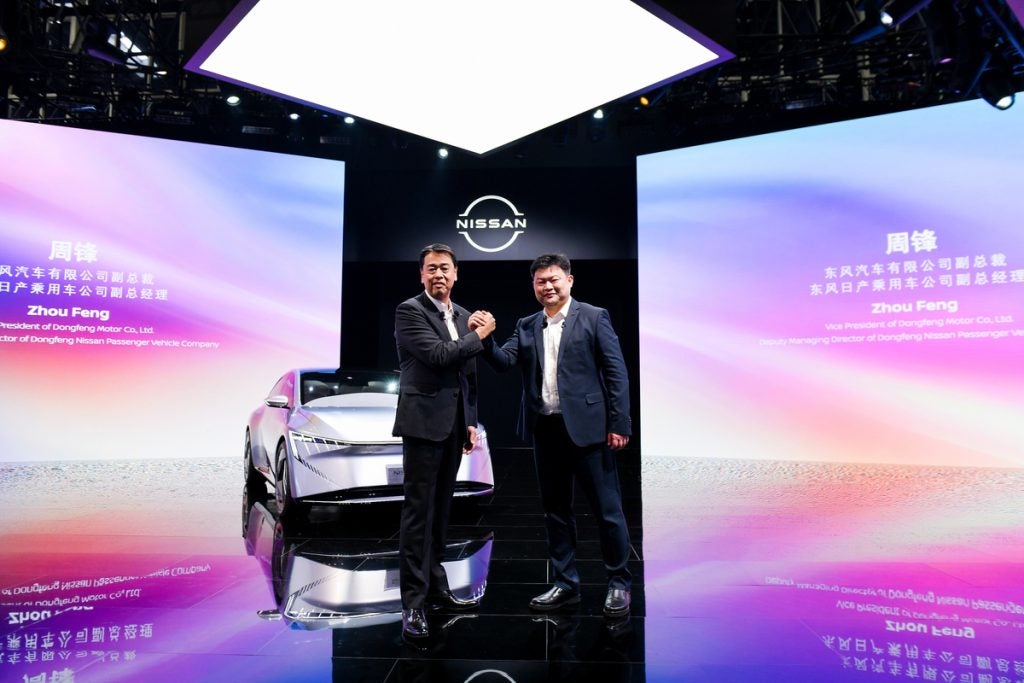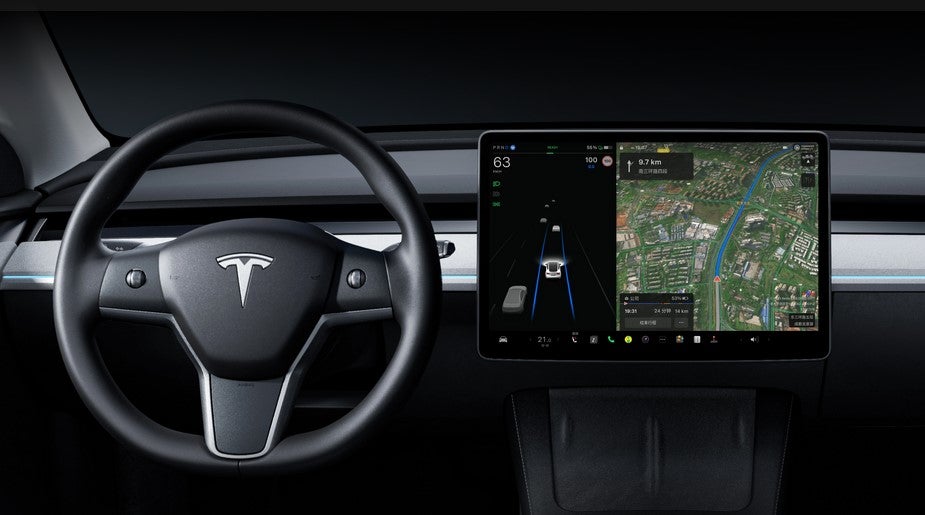In this month’s management briefing series we take a look at prospects for the auto industry in 2011. Dave Leggett surveys major market forecasts, prospects for companies and reveals the results of a survey of just-auto’s global readership. The second instalment considers prospects for China’s vehicle market.
The last five years have seen a seismic shift in the auto industry as demand has soared in emerging markets where real incomes have risen rapidly and with it demand for consumer goods, including cars. The growth has been most dramatic in China which posted a vehicle market of 18m units in 2010.
Industry growth exceeding expectations has been the China story of the last few years. The Chinese government has helped with a number of measures, but the underlying causes of such rapid market growth seem to be more based on rising incomes and the spread of wealth to inland cities. Sales in China increased by close to 33% to over 18m units in 2010, cementing the country’s status status as the world’s largest single automotive market. The market has almost doubled since 2008. The country’s GDP growth is estimated at over 10% last year and projected to continue at a similar rate in 2011.
A slight moderation in China’s recent economic performance is expected to continue through 2011 in light of tighter quantitative limits on credit growth, measures to cool off the property market and limit bank exposure to this, as well as the unplanned unwinding of fiscal stimulus in 2011. There has also been an upturn in inflation due to higher food prices in 2010. But economic growth in China is widely expected to be between 9% and 10% in 2011.
But the big question is this: how sustainable is this level of vehicle market growth in China? Are we actually going to go over 20m units a year and higher, the appetite for motorisation increasingly sated? The professional forecasters are saying – again – that a slowdown is coming. Fiscal stimulus measures are expected to be wound down next year and fuel prices are high and rising. The roads are getting very crowded.
Some slowdown looks inevitable. Tax breaks that have helped drive the market up over the last two years are being removed and there are efforts by the Chinese government to cool an overheating economy by raising interest rates.
How well do you really know your competitors?
Access the most comprehensive Company Profiles on the market, powered by GlobalData. Save hours of research. Gain competitive edge.

Thank you!
Your download email will arrive shortly
Not ready to buy yet? Download a free sample
We are confident about the unique quality of our Company Profiles. However, we want you to make the most beneficial decision for your business, so we offer a free sample that you can download by submitting the below form
By GlobalDataThe rate of growth of the Chinese vehicle market could slow from over 30% to more like 10%, the forecasters say. The China Association of Automobile Manufacturers (CAAM) says that growth of the vehicle market will be around 10 to 15% this year.
The incentives offered by manufacturers to boost sales in recent months also suggest they may be right this time, even if China’s economic growth stays close to 10% next year. That would still yield a 2011 vehicle market close to 20m units. And 25m-30m a year is not crazy talk beyond the middle part of the decade if things carry on – broadly – as they are, China’s economy continuing to log economic growth approaching 10%.
But market analysts in China say that new vehicle sales are becoming harder to find. “There is definitely a slowdown coming,” says Ash Sutcliffe, of Qingdao-based website China Car Times. He sees a shift taking place away from the big cities in China’s east where the market has become saturated. “In the ‘first tier’ cities it’s becoming game over,” he maintains. “The industry has been moving to make sales in ‘second tier’ cities further inland, but now even they are starting to become full of cars and so ‘third tier’ cities – which are smaller – are becoming a focus for new vehicle sales.”
The Chinese authorities are also becoming increasingly concerned over chronic traffic congestion in major cities as well as deteriorating air quality. Central government incentives aimed at encouraging car purchase have been ended and a number of municipal authorities are now imposing restrictions on buying cars.
Beijing, which has about 5.1m cars, has restricted new sales to 240,000 a year via a monthly lottery. There were 900,000 sales last year in Beijing, so the change is very significant. Shanghai is following a similar policy and others may well follow.
Sutcliffe sees the possibility of a sea-change in the authorities’ attitudes. “I think we may be seeing a move towards more aniti-car policies and more emphasis on public transport and infrastructure,” he says.
There appears to be a consensus that the market will slow to 10-15% growth in 2011. Consulting firm Roland Berger has also predicted a 15% growth for the Chinese auto market in 2011, while Deutsche Bank expects it to slow further to 11%. Terry Johnsson, vice president for GM’s China operations, also remains confident that overall vehicle sales in China will increase by 10%-15% in 2011.
Much, of course, depends on what happens to the economy and whether the government is calling it right with measures to dampen demand in the face of rising inflationary pressures. And even with more demand at home these days, China’s manufacturing sector needs growth in exports so prospects for the world economy impact China.
A key to that upbeat scenario for the auto market in China is that the economy continues to power on with annual growth at 10% or thereabouts, a rising proportion of that economic growth coming from increasingly affluent Chinese consumers. The stakes are perhaps getting higher in terms of the Beijing government’s management of the economy, keeping the hordes of urban migrants reasonably happy and the related requirement for high economic growth without destabilising asset bubbles or inflation. And international relations also require some deft management with respect to currencies and avoiding trade spats.
Structural questions
Such rapid automotive market growth in China in such a short period of time raises a number of questions. Not least is the great unknown of how the Chinese vehicle aftermarket and used car market will develop. It is still very much early days, but rapid parc growth in such a short timescale means that the future flow of cars for replacement into a used market (and their resale values) is a very big area of uncertainty. Just how long will the first generation of car owners (who have typically purchased small cars last year and this) want to hang on to their cars before replacing/upgrading them? If a large used car market develops overnight as these cars flood the market, the result could well be an undermining of the new vehicle market with downward pressure on new car prices. Up until now, the new car market has operated more or less on its own, but a rapidly expanding car parc will be altering future new/used vehicle market dynamics.
For the vehicle manufacturing industry – both OEMs and suppliers – the big structural questions are the perennial ones with implications for capacity planning, vehicle prices and profitability. If a slowdown to market growth is coming how big will it be? The forecasters largely failed to predict the rapid rate of growth of demand in the 2008-2010 period. They simply underestimated the strength of demand in China. Are they doing that again in suggesting slowdown in 2011? They are putting forward a highly plausible case, but they have put forward plausible cases for market slowdown before and been wrong. If you err on the side of caution and can’t meet higher than expected market demand, you risk losing out to competitors. Going the other way risks over-capacity and an unhappy loading of cost.
Another structural issue ahead with potentially major implications for the auto industry in China is addressing its fragmentation and the potential for major consolidation. The Chinese government has long favoured the consolidation of the industry into bigger groups able to produce lower unit costs, to afford extensive research and development and ultimately be able to compete internationally. But that objective has been hampered by the industry’s regionally based structure and the support that the provinces give to their local and highly vertically integrated automotive corporations. Thus far, the absorption of Nanjing Auto into SAIC is a rare example of consolidation among the bigger groups. Central government has not been able to effect change (it first started calling for consolidation – ‘three big, three medium, three small’ in the 1990s – not much happened). Market forces may help to bring about more consolidation as the big firms start to enjoy higher scale economies and higher sales from national distribution.
The future for the smaller independents who have grown out of nowhere over the last five years – the likes of Great Wall, Chery, Geely and BYD – is uncertain if a shakeout to the industry starts to take shape. If it does, that shakeout could also become a battleground for a political struggle between Beijing and the provinces, with the regulatory playing field also assuming greater importance in the area of environmental incentives and, possibly, incentives for electric cars – some companies being better placed than others in that area.
Another questionmark hangs over the big vehicle manufacturing joint ventures with foreign participation. It has long been a widely held view in China that the bigger Chinese groups have needed foreign technology to get to a certain level of development – and once they achieve that, they will have no further need for their foreign partners. But that may be a little simplistic. Yes, the bigger groups are now, as expected, developing their own low-cost brands and models for the Chinese market. However, that appears to be going hand in hand with growing volumes from the Western brands’ products being made in China – from foreign JV partners such as Volkswagen and General Motors. And technology transfer from international OEMs is arguably still very important for the big groups such as SAIC, FAW and Dongfeng that are eyeing international competitiveness. They also know that developing China as a low-cost global sourcing location for the international OEMs could be good business in the future. Joint ventures also bring further opportunities to share platforms and major vehicle systems with Western JV partners. And strategies for growing exports always play well politically in China.
Furthermore, the Western brands’ image that the joint ventures convey in the marketplace may also be a positive for them that they would – at this stage – be reluctant to jettison. The most likely scenario is perhaps that the ‘own brands’ gradually grow share and assume greater importance in the Chinese market, the Western brands occupying a premium area of the market (consumers paying more for their perceived higher quality and better designs than the local brands).
But whatever happens to the Chinese vehicle market over the next few years, China is now firmly established as the largest market in the world. And, barring an unforeseen crisis, that’s not going to change over the next decade. There is still plenty of untapped car demand in China and the genie is now well and truly out of the bottle. There is a broad consensus on that.







